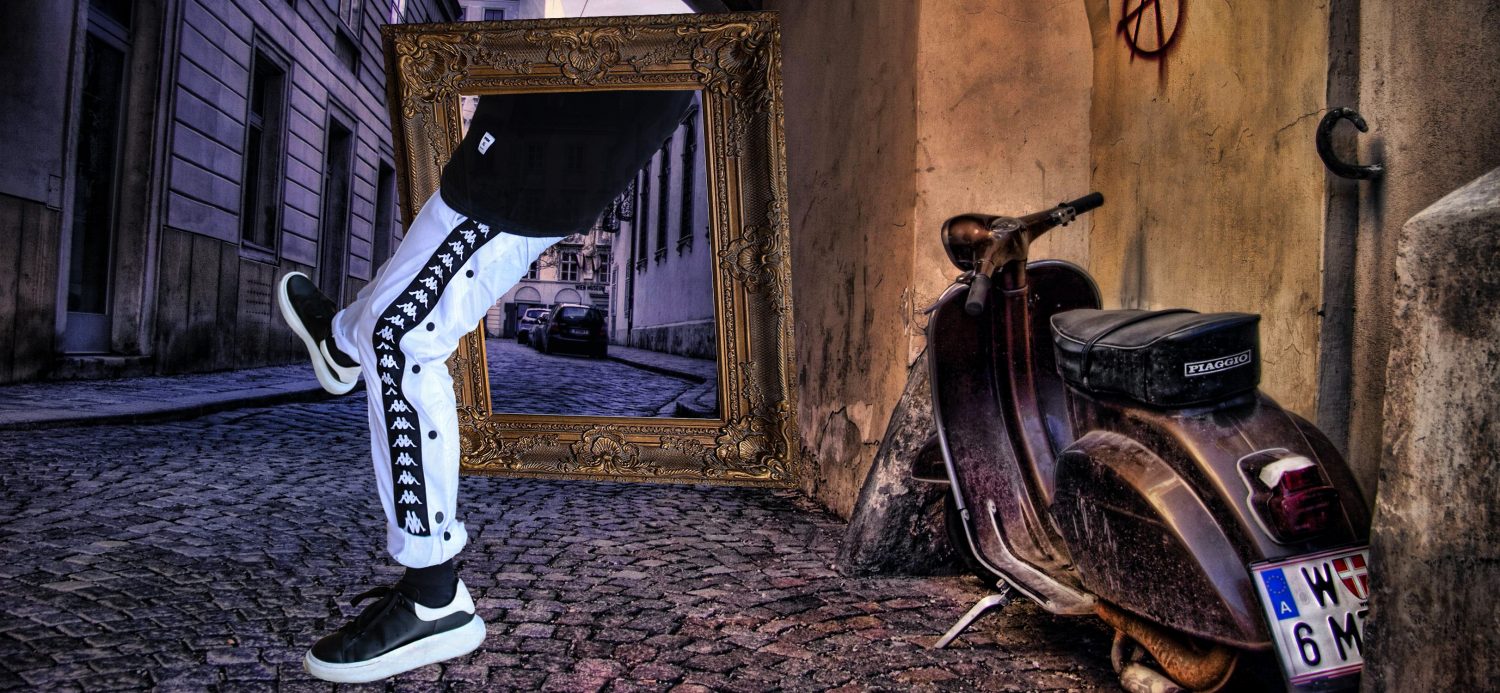To tell stories with pictures, capture decisive moments and act professionally. You must first discover your photographic methodology. I spend more time looking and less time shooting. It’s not only until I’ve found the ideal composition that I begin to wait for the right “moment.” I get out front and let the action come to me.
Translating light in a scene to convey emotion is another important facet of my photographic methodology. This can be achieved by capturing a subject’s body language to help tell the story and using angle-of-view to put the viewer in the scene. It’s necessary to have light to make a photographic exposure. More importantly, light is required to produce shadows which ultimately create dimension. Light and shadow transforms a one-dimensional photograph into seemingly real-life scenes the viewer can walk into. To achieve this dimension, I approach each scene by reading the light source first. In particularly active situations, it’s easy to let the pace of actions happening around you dictate how quickly you shoot. This can lead someone to go from a selective and thoughtful approach to the “spray and pray” method: shooting randomly without any idea of what you’re actually doing. You hammer the shutter release button at anything that moves and pray it turns out. That’s when it’s important to remind yourself there’s always something going on. To secure your photographic methodology, view each scene thoroughly from every angle if possible, observe the light, analyze your subject, anticipate where the action is headed and then settle into your spot. Compose your frame and wait for the action to come to you. Make at least ten frames of various moments without altering your composition.
people use cameras all the time during fieldwork as a way to record all sorts of details—from the covers of newspapers to bus schedules and new graffiti. They often do this in conjunction with taking quick notes or “jottings” in a small notebook. Sometimes it works to write a few lines, and sometimes it’s a lot easier and maybe more effective to use a camera phone or small point and shoot to record something that they might otherwise forget. These kinds of photographs are really useful when people sit down at the end of the day and write up more detailed fieldnotes, and then they find that they jog their memory pretty well. This way of using photography is a bit different, since people are often less concerned about making a technically “good” photograph (framing, exposure, etc) and more concerned with getting something recorded so they don’t forget about it.
Photo elicitation is using photographs or other visual mediums in an interview to generate verbal discussion to create data and knowledge. Different layers of meaning can be discovered as this method evokes deep emotions, memories, and ideas. Photo elicitation interviews contribute to trustworthiness and rigor of the findings through member checking.
A similar research method to autophotography is Photovoice developed by Wang and Burris in 1997 which involves getting community members to take photographs of their concerns and assets so they can identify, represent, and enhance their community through the specific photographs they have chosen. This then allows them to act as possible catalysts for social action and change. It allows people to see the viewpoint of the people who live the lives rather than seeing them through the eyes of the researchers.
